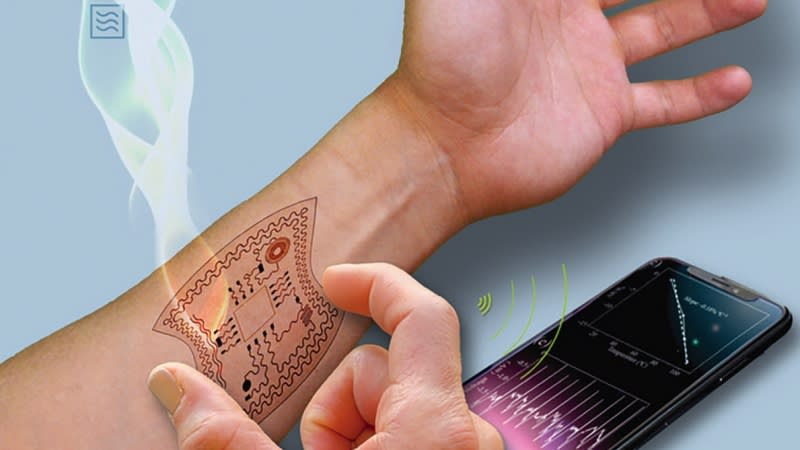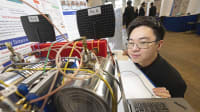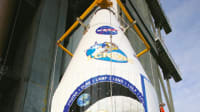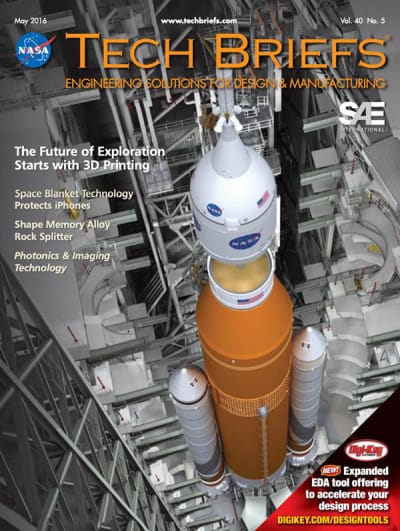NASA seeks semi-passive, RFIDenabled wearable tags for inventory tracking and astronaut body area network applications. Wearable sensor tags can be printed on astronaut clothing or suits, and are powered by printed thin film batteries and/or via energy harvesting. Energy is harvested by flexible solar cells or from the kinetic energy of the astronaut’s motion by minimizing the power requirement of the suit electronics. A tag antenna functions while being flexed or bent, which normally occurs with clothing. Tags communicate with the astronaut body area network. The functions of the RFID system can be extended to include low-data-rate telemetry for bio-monitoring utilizing wearable RFID-enabled biosensors.
A wireless gateway was designed supporting a wireless body area network (WBAN) in a star mesh network configuration, which reads outputs of lightweight, low-cost, low-power RFID sensors (such as temperature and EKG readings), and relays the information to an existing wireless network in which the astronauts operate. A mesh networking technology is required for the multi-hop inflatable beacons. The lunar missions will have fairly unique requirements, especially in terms of size, weight, and power consumption. These requirements need to be determined before selecting the mesh networking technology because each technology has is own advantages and disadvantages.
The design of the inflatable beacons is partially dependent on the outcome of the other tasks that include the mesh network, antenna printing, and power source. First, requirements need to be determined for the beacons. The beacons need to be lightweight and easy to deploy. Also, they must be reliable and function for years once deployed.
The final task is to integrate the semipassive RFID tag communication with the inflatable beacons. The critical part of the task is to determine the best way for the RFID tags to communicate with inflatable beacons. The RFID RF link must not interfere with the mesh network RF link. This usually means using two very different frequencies with isolated RF sections, or using an adjacent or the same frequency at different times with the same RF section. The data collected from the RFID tag must be relayed though the mesh network at the right time without using too much bandwidth. This is usually accomplished in software, and the data collected from the RFID is temporarily stored until the mesh network is ready to relay the data.
This work was done for NASA’s Johnson Space Center by Tayfun Ozdemir and Malcolm Miranda of Virtual EM Inc. Please direct all inquiries to Virtual EM Inc., 3055 Plymouth Rd., Ste. 200, Ann Arbor, MI 48105; 734-222-4558. MSC-24899-1






















